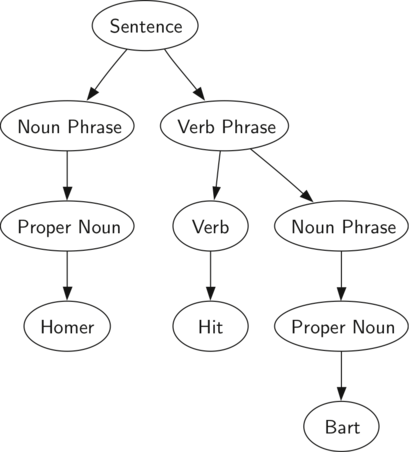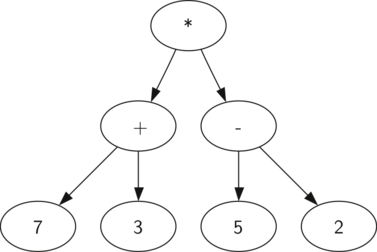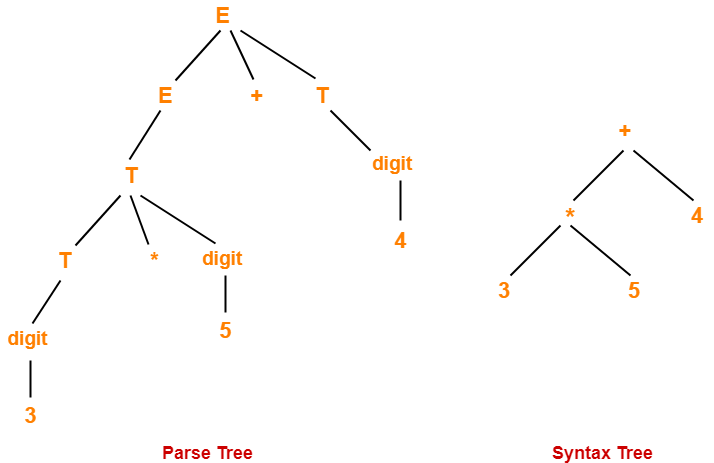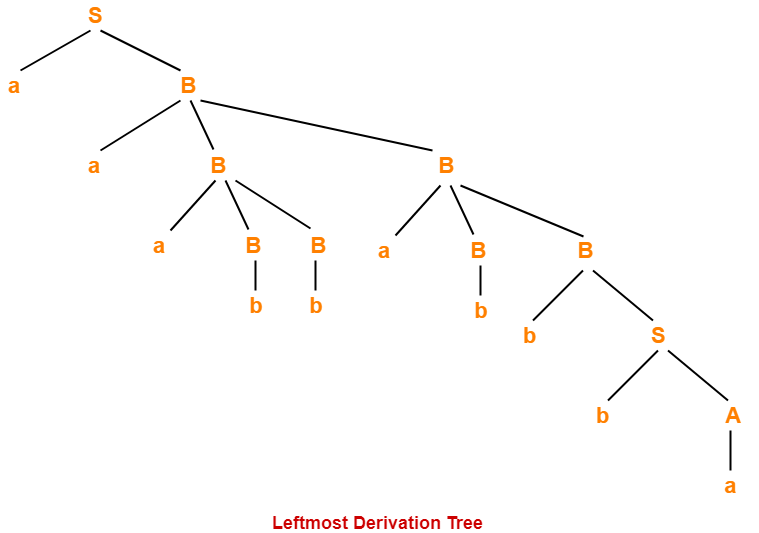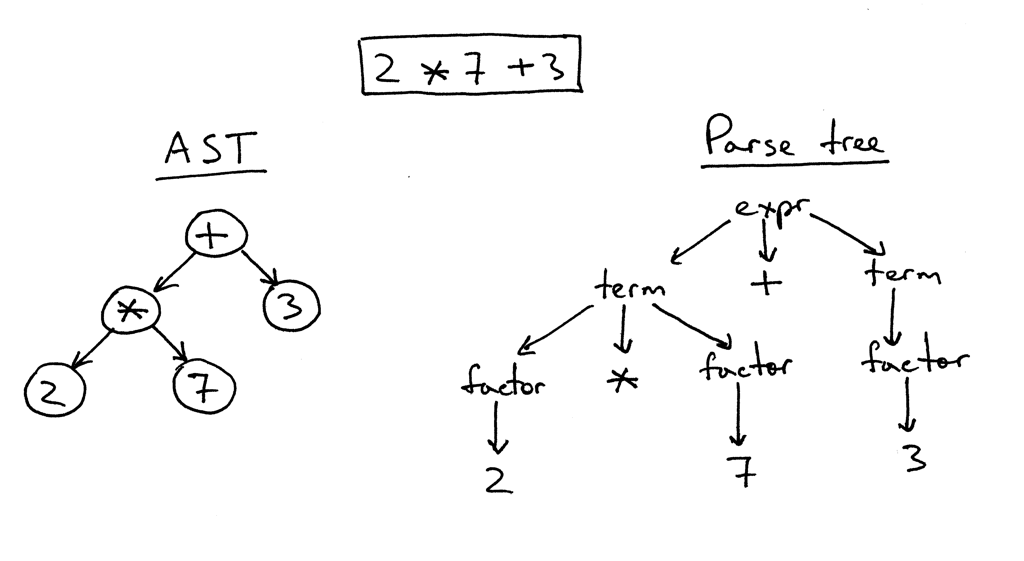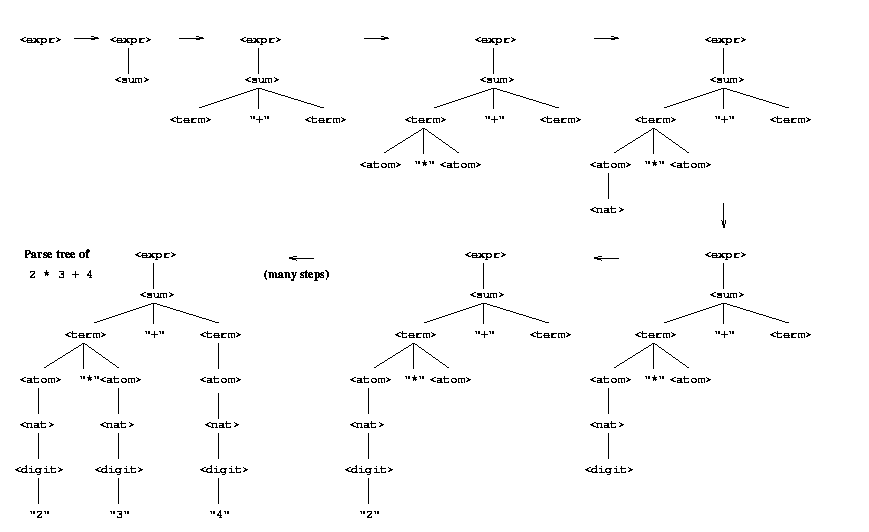Who Else Wants Tips About How To Draw Parse Tree

In the parse tree, most of the leaf nodes are single child to their parent nodes.
How to draw parse tree. If the tree isn't constructed, you'll need to generate the graph nodes on the fly as you parse. Visit right subtree, in inorder to help out, put parens around expressions with. Tree = ast.parse (f.read ())
I am able to parse a file using ast but i am not able to imagine how the parse tree would be constructed.i would like to explain with an scenario: Derivation tree (left & right derivation trees)topics discussed:1. Here also, each string have its leftmost derivation and rightmost derivation exactly same.
Despite being easy to read, having the right knowledge about it is essential to understand what. Syntax tree is a variant of parse tree. In the syntax tree, we can eliminate this extra information.
Consider a string w = a. A → b / bs / aaa. From nltk.data import find from bllipparser import rerankingparser model_dir = find ('models/bllip_wsj_no_aux').path parser = rerankingparser.from_unified_model_dir (model_dir) best = parser.parse (the old oak tree from india fell down.) print (best.get_reranker_best ()) print (best.get_parser_best ()) output:
Print hello #parse.py import ast with open ('a.py') as f: A parse tree is also made up of different parts in order for it to be complete. Treeviewer is a swing component so you should be able to add it to any other swingcomponent, e.g a jpanel.
If the tree is constructed explicitly, a recursive walk should be easy to implement. Since two different parse trees exist, so grammar is ambiguous. The first step in building a parse tree is to break up the expression string into a vector of tokens.







